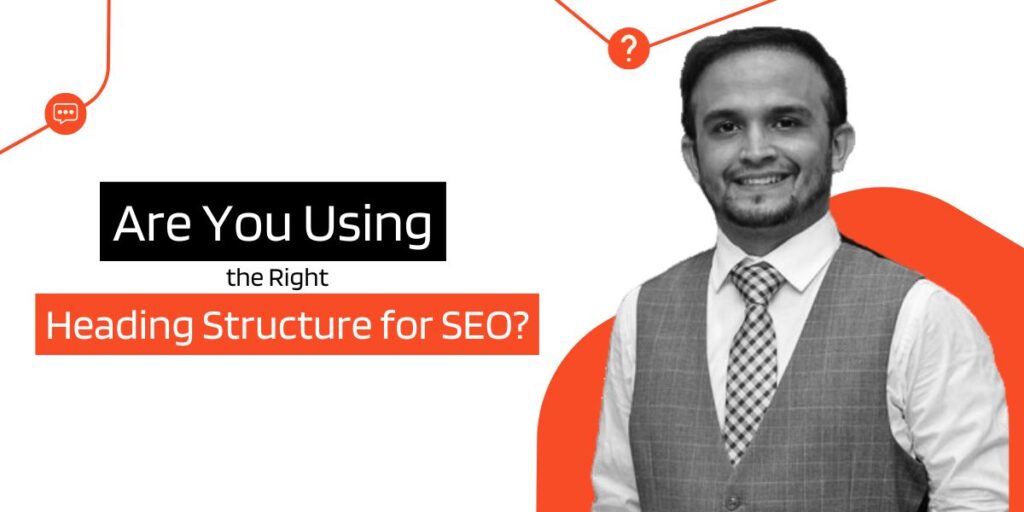Headings play a crucial role in structuring web content and improving SEO performance. A well-optimized heading structure enhances readability, helps search engines understand content hierarchy, and improves user experience. However, many website owners overlook proper heading usage, leading to missed SEO opportunities. By structuring headings effectively, businesses can improve search rankings and ensure their content is easily digestible for both users and search engines.
Understanding Heading Tags and Their Importance
HTML heading tags range from H1 to H6, each serving a distinct purpose. The H1 tag is the primary heading and should clearly define the page’s main topic. H2 and H3 tags organize subtopics, while H4 to H6 tags further break down content into detailed sections. Using these tags correctly enhances content flow and makes it easier for search engines to crawl and index pages.
Best Practices for Optimizing Heading Structure
Use a Single H1 Tag Per Page
Each page should have only one H1 tag that represents the main topic. This tag should include the primary keyword while maintaining natural readability. Overusing H1 tags can confuse search engines, negatively impacting rankings.
Organize Content with H2 and H3 Tags
H2 tags should introduce key sections, while H3 tags break down subtopics within those sections. Proper organization ensures logical content flow, making it easier for both users and search engines to understand the page structure.
Incorporate Keywords Naturally
Headings should include relevant keywords but remain natural and engaging. Avoid keyword stuffing, as it can make content appear unnatural and harm rankings. Instead, focus on providing clear, descriptive headings that improve readability.
Maintain a Hierarchical Structure
Headings should follow a logical order. An H3 tag should not directly follow an H1 tag without an H2 in between. This structured approach helps search engines interpret content relationships and improves page indexing.
Keep Headings Concise and Informative
Avoid overly long or vague headings. Instead, use clear and descriptive phrases that accurately represent the content. Engaging headings improve user experience, encouraging visitors to stay on the page longer.
Common Heading Structure Mistakes to Avoid
- Using multiple H1 tags: This confuses search engines about the main topic of the page.
- Skipping heading levels: Jumping from an H2 to an H4 disrupts content flow.
- Overloading keywords: Forcing excessive keywords into headings makes content look unnatural.
- Using headings for styling only: Headings should structure content, not just enhance appearance.
Conclusion
A well-structured heading strategy is essential for both SEO and user experience. Proper heading hierarchy improves content readability, search engine understanding, and overall website performance. By following best practices and avoiding common mistakes, businesses can optimize their content for higher rankings and better engagement. Implementing the right heading structure ensures that both search engines and users can navigate content efficiently, ultimately driving better results.
